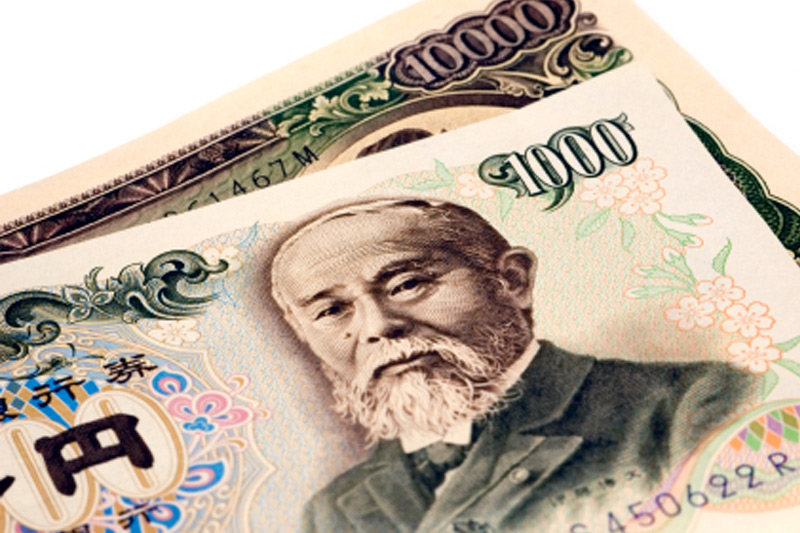Bill Gross warns on gold momentum as regional bank stocks tumble
Investing.com-- Most Asian currencies were subdued on Friday after strong U.S. producer inflation data dampened Federal Reserve easing bets, while the Japanese yen climbed after robust second-quarter GDP data supported Bank of Japan rate hike bets.
Investors also assessed the Chinese data barrage, including July industrial production and retail sales figures.
Hot US PPI tempers Fed cut bets
The US Dollar Index, which measures the greenback against a basket of major currencies, edged 0.2% lower in Asia hours after sharp gains in the previous session.
The U.S. producer price index for July came in hotter-than-expected and dampened expectations of an outsized Federal Reserve rate cut next month.
Investors had fully priced in a 25 basis point cut in September, with few expecting an outsized 50 bp cut after this week’s mild consumer inflation data.
Markets still view a September rate cut as the most likely outcome, but the chances of a quarter-point move slipped from near certainty after the PPI data, while expectations for a half-point cut diminished.
Yen gains on robust Japan Q2 GDP; Chinese data underwhelms
Most Asian currencies were subdued, while the Japanese yen rose as investors focused on regional economic indicators.
The Japanese yen’s USD/JPY pair fell 0.5% on Friday after data showed that Japan’s economy expanded more than expected in the second quarter, as exports and capital spending remained resilient despite U.S. tariff pressures.
The stronger-than-expected outcome bolstered the case for the Bank of Japan to consider further tightening.
In China, both the onshore USD/CNY and offshore USD/CNH yuan pairs traded largely unchanged.
Data on Friday showed that Chinese industrial production in July fell short of expectations as overseas demand waned following earlier front-loading due to U.S. tariffs.
Retail sales figures from the world’s second-largest economy also came in below expectations in July amid weakness in consumer spending.
Elsewhere, the Singapore dollar’s USD/SGD pair ticked 0.1% lower, while the Indian rupee’s USD/INR traded flat.
The Australian dollar’s AUD/USD pair edged 0.2% higher.
The South Korean won’s USD/KRW pair gained 0.1%.
